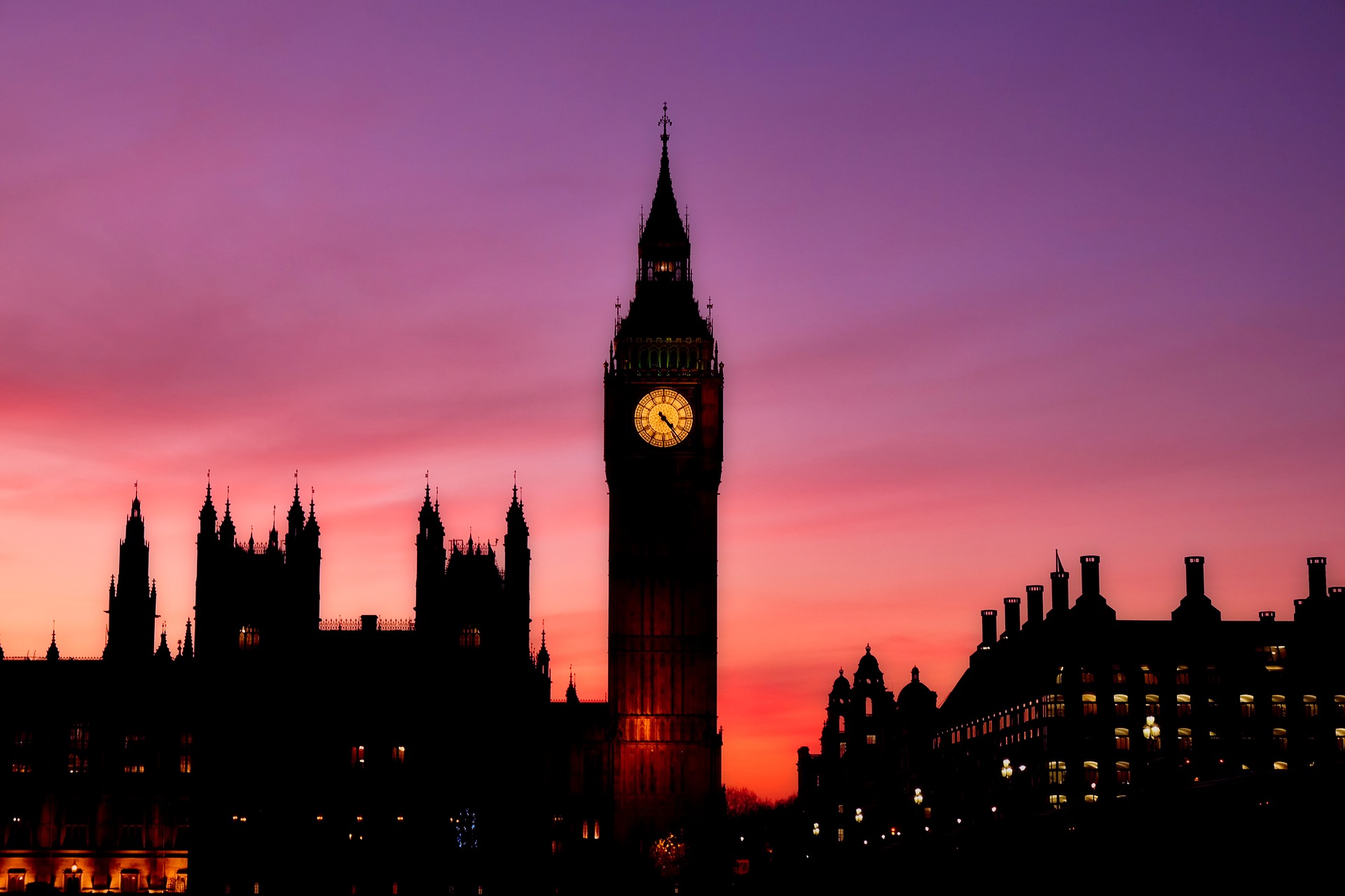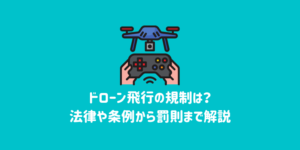イギリスでは一般人が操縦するドローンと航空機のニアミスが急増していることを受け、ドローンの規制強化法案が議会に提出される見込みです。
この法案では、250gを超えるドローンの登録義務や、空港や刑務所などにはドローンが近寄らないようジオフェンスセンサーを搭載させることも想定しています。
イギリスの民間航空局(CAA)によると、こうした規制強化にはニアミスの発生件数が2014年に6件、2016年に70件、2017年は半年だけで46件、と急増しているという背景があります。
航空機のエンジンは鳥と接触しただけでも故障しうるため、1.5kgほどの小さなドローンがジェット機のエンジンに入り込むと重大な事故につながりかねません。
低い高度で飛行するヘリコプターや小型機の場合、さらに接触の危険性は高くなります。
深刻化する事態を受け、空港運営協会(the Airport Operators Association)やイギリス航空管制公社(NATS)は、ジオフェンスの搭載を早急に義務付けるべき、ドローンの位置を管制官が把握するための自動認識技術の採用などにより法案の効果を最大化すべき、など政府への要望を述べています。
Amateur drone pilots face flight safety test in UK
The UK is planning to make amateur drone pilots sit a flight safety test in response to the rising number of near-misses with aircraft. The flight test will be part of an overall package of regulation to be presented to parliament in the coming months. It will also require all drones weighing more than 250g to be registered. The UK also wants to create a database of sensitive sites and buildings, such as prisons and airports, which would allow manufacturers to install “geo-fencing” sensors to prevent drones from flying near or over those areas. The measures come as countries around the world seek to deal with a sharp rise in the use of drones for both leisure and commercial purposes. Lawmakers are keen not to dent the growth of an emerging industry that could be worth £102bn globally. Some 7m consumer leisure drones are expected to be operating across Europe by 2050, according to Sesar, Europe’s air traffic management initiative. “Governments are now grappling with privacy, safety and security issues,” said Lisa Ellman, a partner at Hogan Lovells law firm and co-head of the US Commercial Drone Alliance. We hope that urgent government action will now follow to control this proven threat BRIAN STRUTTON OF THE BRITISH AIRLINE PILOTS’ ASSOCIATION “Commercial industry wants regulation. They want to know what the rules are.” Drone manufacturers were already beginning to introduce geo-fencing voluntarily she said. If the proposed rules are passed by parliament, the UK would leapfrog the US on drone regulation. Having introduced registration for hobbyists in 2015, the US Federal Aviation Administration was forced to withdraw the rule after a court found it violated existing exemptions for pilots of model aircraft. Europe is also examining tighter rules for leisure drone pilots, with an EU-wide consultation due to conclude next month. This is expected to introduce similar regulations to those being proposed in the UK. Controversy over drone use has intensified as the number of near-misses has risen significantly since 2014, according to the UK’s Civil Aviation Authority. In 2016, there were 70 incidents, compared with 29 the year before and just six in 2014. In the first six months of 2017, there were 46 incidents. 70 Number of drone near-misses with aircraft in 2016, up from just 6 in 2014 Under existing rules, pilots operating drones commercially in the UK must obtain annual permission from the CAA and also demonstrate their competence through a flight training course. Amateur drone flyers do not currently need official permission or training but CAA rules say that all drones, amateur and commercial, must be used at least 150m away from congested areas and 50m away from people and cars. They must also not fly above 400ft (122m). Much larger drones — over 20kg — have to meet the same standards as an aircraft. A spokesperson for the CAA said these basic stipulations regarding height and line of sight would remain in force under the new rules for amateur drone flyers. While the most popular drones can weigh as little as 1.5kg, they are particularly hazardous if they fly into the jet engine of an airliner. Aircraft engines are highly sensitive and contact with a bird can damage or disable them. Drones are also a hazard to helicopters and light aircraft, which fly at lower levels and are therefore more likely to come into contact with them. Related article Drone makers zero in on commercial opportunities Farming and other sectors are driving adaptation of unmanned aerial vehicles “Pilots have been warning about the rise in the number of cases of drones being flown irresponsibly close to aircraft and airports for some time,” said Brian Strutton, general secretary at Balpa, the British Airline Pilots’ Association. “We hope that urgent government action will now follow to control this proven threat”. Ed Anderson, chairman of the Airport Operators Association, said enforcement of the new rules would be “vital”. “The government should now move quickly to also introduce mandatory geo-fencing technology. This would safeguard critical airspace around airports from accidental drone incursions.” Nats, the UK’s air traffic control authority, said the government should maximise the effectiveness of the proposed rules by other measures, such as electronic identification to help air traffic controllers see where drones are flying. “One of the greatest challenges for us at Nats is ensuring safety when we can’t see everything going on in the skies above us,” it said.
原文
https://www.ft.com/content/d356dfd6-6e31-11e7-bfeb-33fe0c5b7eaa





















